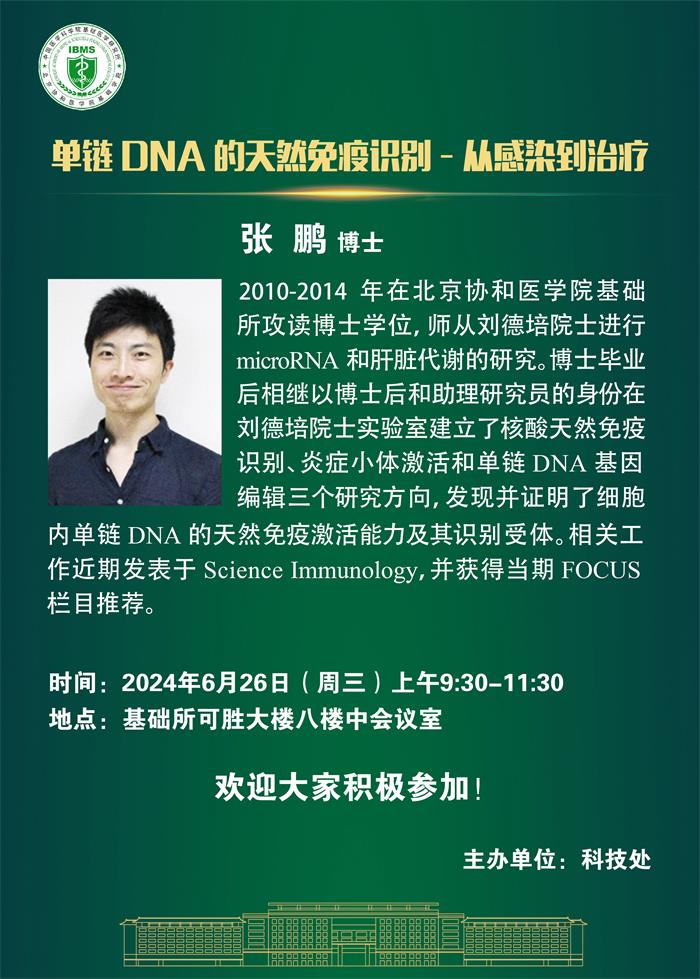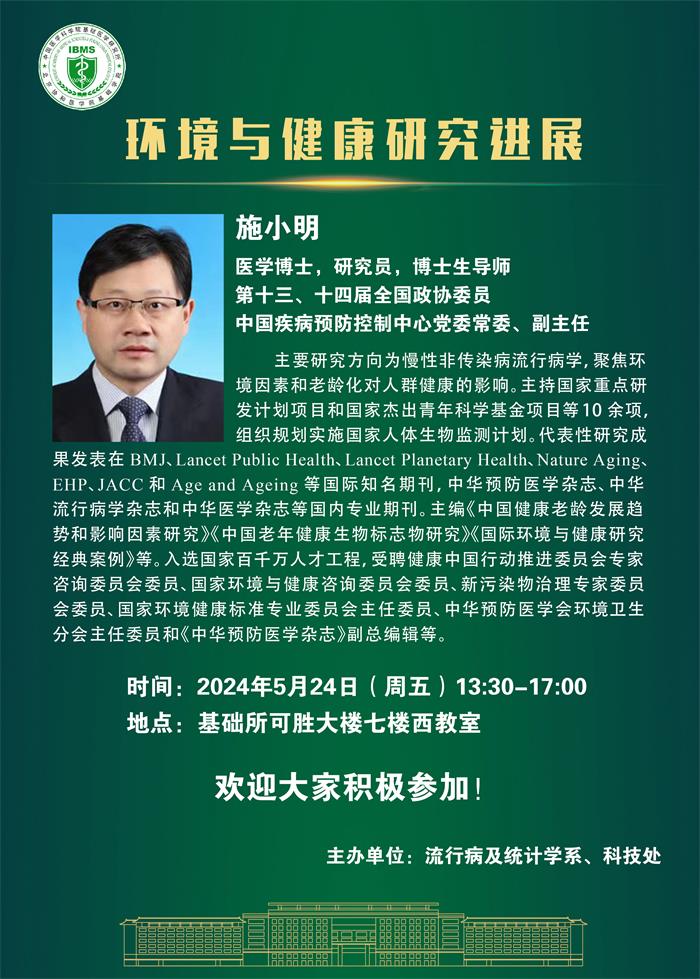The Membrane Protein of Severe Acute Respiratory Syndrome Coronavirus...
The Membrane Protein of Severe Acute Respiratory Syndrome Coronavirus Functions as a Novel Cytosolic Pathogen-Associated Molecular Pattern To Promote Beta Interferon Induction via a Toll-Like-Receptor-Related TRAF3-Independent Mechanism.
Wang Yi and Liu Li
mBio. 2016 Feb 9;7(1):e01872-15. doi: 10.1128/mBio.01872-15.
Abstract
Most of the intracellular pattern recognition receptors (PRRs) reside in either the endolysosome or the cytoplasm to sense pathogen-derived RNAs, DNAs, or synthetic analogs of double-stranded RNA (dsRNA), such as poly(I:C). However, it remains elusive whether or not a pathogen-derived protein can function as a cytosolic pathogen-associated molecular pattern (PAMP). In this study, we demonstrate that delivering the membrane gene of severe acute respiratory syndrome coronavirus (SARS-CoV) into HEK293T, HEK293ET, and immobilized murine bone marrow-derived macrophage (J2-Mφ) cells significantly upregulates beta interferon (IFN-β) production. Both NF-κB and TBK1-IRF3 signaling cascades are activated by M gene products. M protein rather than M mRNA is responsible for M-mediated IFN-β induction that is preferentially associated with the activation of the Toll-like receptor (TLR) adaptor proteins MyD88, TIRAP, and TICAM2 but not the RIG-I signaling cascade. Blocking the secretion of M protein by brefeldin A (BFA) failed to reverse the M-mediated IFN-β induction. The antagonist of both TLR2 and TLR4 did not impede M-mediated IFN-β induction, indicating that the driving force for the activation of IFN-β production was generated from inside the cells. Inhibition of TRAF3 expression by specific small interfering RNA (siRNA) did not prevent M-mediated IFN-β induction. SARS-CoV pseudovirus could induce IFN-β production in an M rather than M(V68A) dependent manner, since the valine-to-alanine alteration at residue 68 in M protein markedly inhibited IFN-β production. Overall, our study indicates for the first time that a pathogen-derived protein is able to function as a cytosolic PAMP to stimulate type I interferon production by activating a noncanonical TLR signaling cascade in a TRAF3-independent manner.





